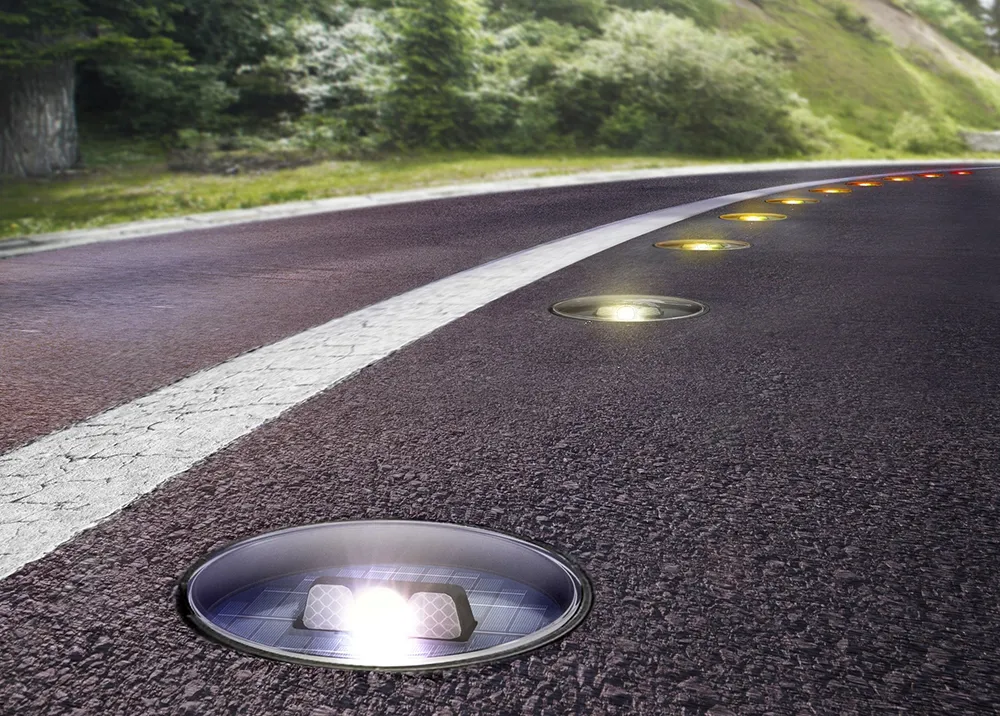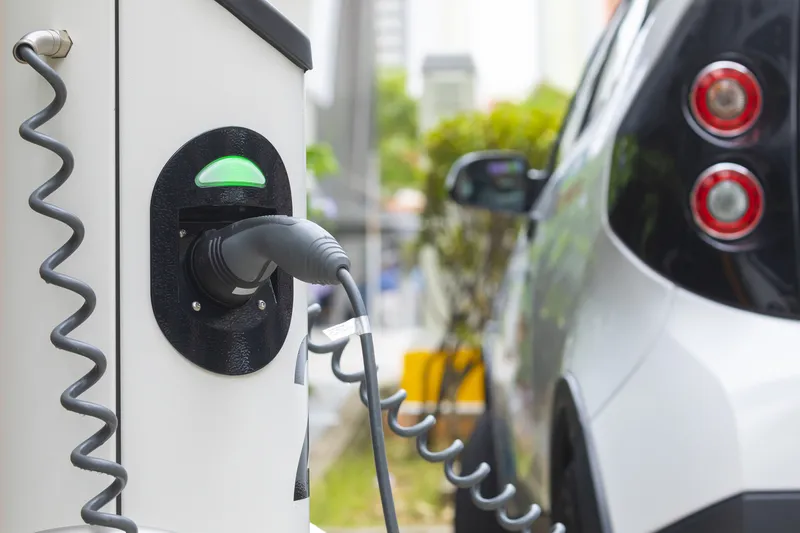Automotive manufacturer Nissan and multinational power company Enel are to launch a major vehicle-to-grid (V2G) trial in the UK, which will see one hundred V2G units installed and connected at locations agreed by private and fleet owners of the Nissan LEAF and e-NV200 electric van. By giving Nissan electric vehicle owners the ability to plug their vehicles into the V2G system, owners will have the flexibility and power to sell stored energy from their vehicle battery back to the National Grid.
The annou
May 12, 2016
Read time: 3 mins
Automotive manufacturer 838 Nissan and multinational power company Enel are to launch a major vehicle-to-grid (V2G) trial in the UK, which will see one hundred V2G units installed and connected at locations agreed by private and fleet owners of the Nissan LEAF and e-NV200 electric van. By giving Nissan electric vehicle owners the ability to plug their vehicles into the V2G system, owners will have the flexibility and power to sell stored energy from their vehicle battery back to the National Grid.
The announcement heralds an exciting era for energy management in the UK, as not only will Nissan electric vehicle owners be able to play an active role in grid stability, providing an alternate source of income, but it will revolutionise how energy is supplied to the grid. Once scaled up, the V2G technology will allow owners of Nissan EV in the UK to become fully fledged and active participants in the UK energy market.
The project is part of Enel and Nissan’s commitment to support the entire EV network, going beyond the car itself and delivering new services to the energy industry. In addition, there will be an increasing number of EVs on the roads across Europe in the future and the two companies believe it is important that V2G technology is rolled out to ensure the grid can satisfy the demands made upon it for increased energy.
Currently, says Nissan, if all 18,000 Nissan electric vehicles in the UK were connected to the energy network, they would generate the equivalent output of a 180 MW power plant. If that was scaled up in a future where all the vehicles on UK roads are electric, vehicle-to-grid technology could generate a virtual power plant of up to 370 GW, enough to power the UK, Germany and France.
“Today’s landmark trial in the UK is a significant step forward in renewable energy management, helping shape the future of industries, cities and societies’” said Paul Willcox, chairman of Nissan Europe. “Smart energy management is one of the biggest challenges any nation faces for the future which is why this trial is so critical in assessing the feasibility of using variable, more flexible energy sources. We see Nissan electric vehicles as being the mobile energy hubs of the future, pioneering a self-sustaining energy infrastructure that will help solve the capacity issues of the future.
“This is the first time this has ever been done in the UK and by enabling customers to sell energy back to the grid; we’re providing a financial incentive to choose the sustainable option.”
Steven Holliday, non-executive director, National Grid, commented: “At National Grid we are constantly looking to the future to ensure we have the capacity to meet national energy demand - it’s our job to future proof the national transmission network.
“The rapid uptake of Electric Vehicles is certainly positive yet could also be challenging if we don’t plan ahead to understand precisely what effect this new technology will have on the electricity system. Our Future Energy team predicts that there could be up to 700,000 electric vehicles in 2020 requiring an extra 500MW of energy. That’s why we support innovative technologies and pioneering projects such as this one that have the potential to make a real difference to the way we manage energy supply and demand.”
The announcement heralds an exciting era for energy management in the UK, as not only will Nissan electric vehicle owners be able to play an active role in grid stability, providing an alternate source of income, but it will revolutionise how energy is supplied to the grid. Once scaled up, the V2G technology will allow owners of Nissan EV in the UK to become fully fledged and active participants in the UK energy market.
The project is part of Enel and Nissan’s commitment to support the entire EV network, going beyond the car itself and delivering new services to the energy industry. In addition, there will be an increasing number of EVs on the roads across Europe in the future and the two companies believe it is important that V2G technology is rolled out to ensure the grid can satisfy the demands made upon it for increased energy.
Currently, says Nissan, if all 18,000 Nissan electric vehicles in the UK were connected to the energy network, they would generate the equivalent output of a 180 MW power plant. If that was scaled up in a future where all the vehicles on UK roads are electric, vehicle-to-grid technology could generate a virtual power plant of up to 370 GW, enough to power the UK, Germany and France.
“Today’s landmark trial in the UK is a significant step forward in renewable energy management, helping shape the future of industries, cities and societies’” said Paul Willcox, chairman of Nissan Europe. “Smart energy management is one of the biggest challenges any nation faces for the future which is why this trial is so critical in assessing the feasibility of using variable, more flexible energy sources. We see Nissan electric vehicles as being the mobile energy hubs of the future, pioneering a self-sustaining energy infrastructure that will help solve the capacity issues of the future.
“This is the first time this has ever been done in the UK and by enabling customers to sell energy back to the grid; we’re providing a financial incentive to choose the sustainable option.”
Steven Holliday, non-executive director, National Grid, commented: “At National Grid we are constantly looking to the future to ensure we have the capacity to meet national energy demand - it’s our job to future proof the national transmission network.
“The rapid uptake of Electric Vehicles is certainly positive yet could also be challenging if we don’t plan ahead to understand precisely what effect this new technology will have on the electricity system. Our Future Energy team predicts that there could be up to 700,000 electric vehicles in 2020 requiring an extra 500MW of energy. That’s why we support innovative technologies and pioneering projects such as this one that have the potential to make a real difference to the way we manage energy supply and demand.”









